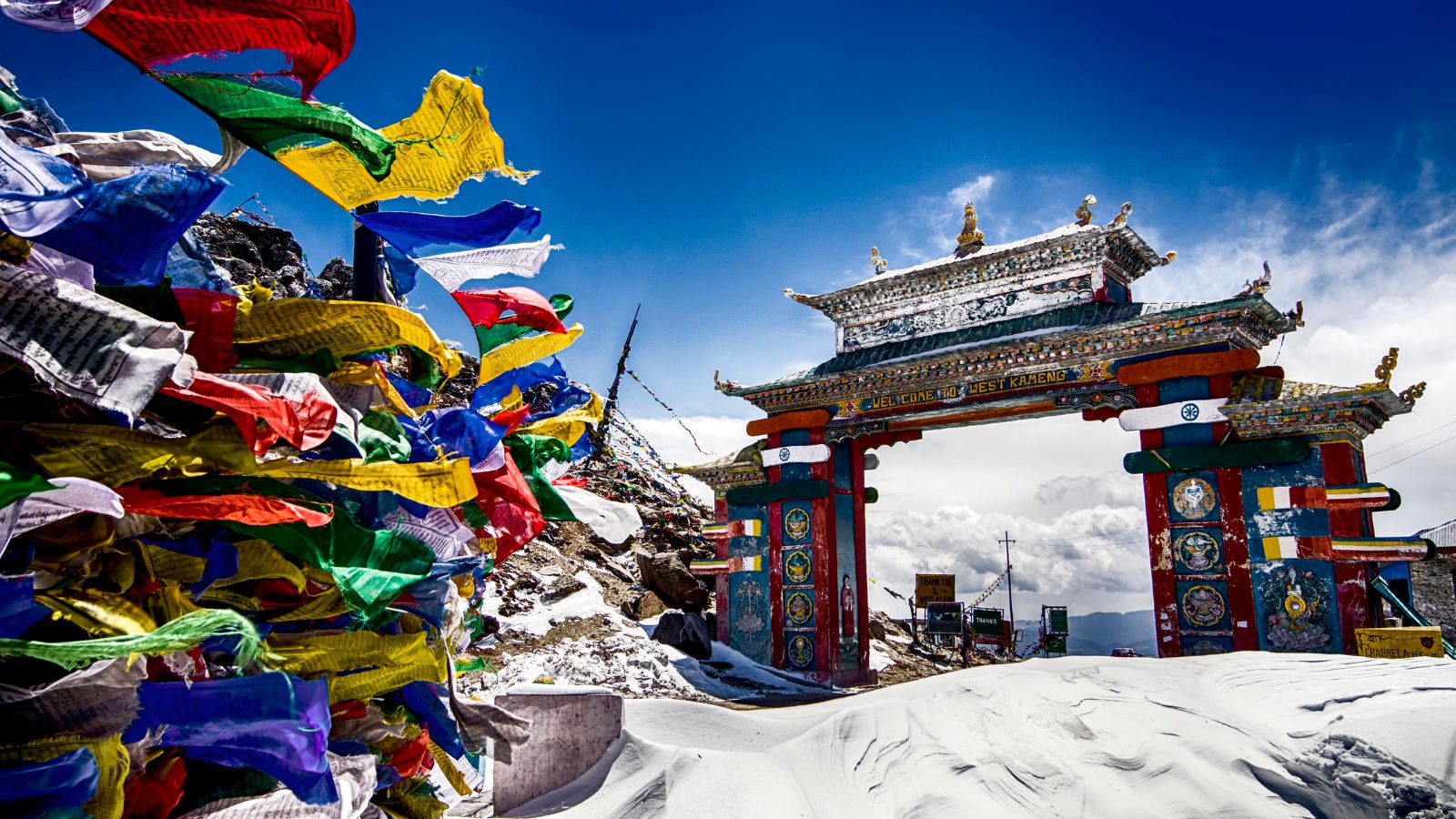Presenting the India Etymology Quiz #2. Here are six questions from my book EtymagIQ India. Take a shot and post your answers as comments at the end of this page.
- Which Indian city derives its name from Pahajani Khali, an early 12th century inscription by Kadamba King Vijayaditya detailing the remarkable achievements of one of his administrators in the region? Alternatively, some sources attribute the city’s name to Sanskrit terms for a ‘small boat’ and a ‘canal or creek,’ while other accounts suggest the name actually refers to an ‘arable land that cannot be flooded.’
- Which meditation technique derives its name from the Pali word for ‘clear-seeing,’ implying ‘seeing things as they really are’ instead of how one wishes them to be? Also referred to as insight meditation, the technique focuses on observing one’s own thoughts, feelings, and sensations without any attachment or aversion to what one experiences. The method is taught free as a ten-day residential course across the world, and is considered as a way of self-transformation through self-observation.
- Which embroidery technique derives its name from Kannada for ‘hand’ and ‘cotton thread’ or simply ‘embroidery by hand’? Seen as an essential part of the sari in the Lingayat community, which ardently worships Lord Shiva, the technique features prominent motifs such as the linga, gopura (temple tower), and ratha (chariot), among others.
- As per a legend, Mera Lama Lodre Gyatso was in search of a suitable place to establish a monastery. When he was unable to locate the appropriate site, he decided to sit on prayer for guidance of divine power. As he opened his eyes after prayer, he found his horse missing. When he began searching for his horse, he found it on the top of a hill. Believing it to be a good omen, Mera Lama sets up a monastery. The name of which place in North East India, literally meaning ‘chosen by the horse,’ derives its name from this legend?
- Described as a wheel with thousand arms going out from it, which weapon of Lord Vishnu means the one which is ‘god to look at’? Though it’s terrible for the wicked and unjust, it forebodes auspiciousness for good people.
- Deriving from Greek, this word means ‘to go around in a circle,’ and was coined to describe the great storm waves that claimed 20,000 lives in 1789 in Coringa, in the present Andhra Pradesh. Many years of the Coringa storm, British East India company official Henry Piddington used the word in his reports for the first time while observing the destruction caused by another storm in 1840s. He thought he was using the Greek for the ‘coil of a snake’ while he actually used the Greek for a ‘circle.’ What word?




Always fantastic Murali! Amazing work as usual.
1. Panaji
2. Vipassana
3.
4. Tawang
5. Sudarshan Chakra
6. Cyclone
Great questions. Easy to work out some of them, when one has your book to figure out your line of thinking :). Great stuff. Keep it up, Murali
Awesome Etymology facts Sir
Answers –
1. Panaji
2. Vipassana
3. Kasauti
4. Tawang
5. Sudarshan Chakra
6. Kirkos
1. Panaji 2. Vipassana 3. Kasuti 4. Tawang 5. Sudharsana Chakra 6. Cyclone